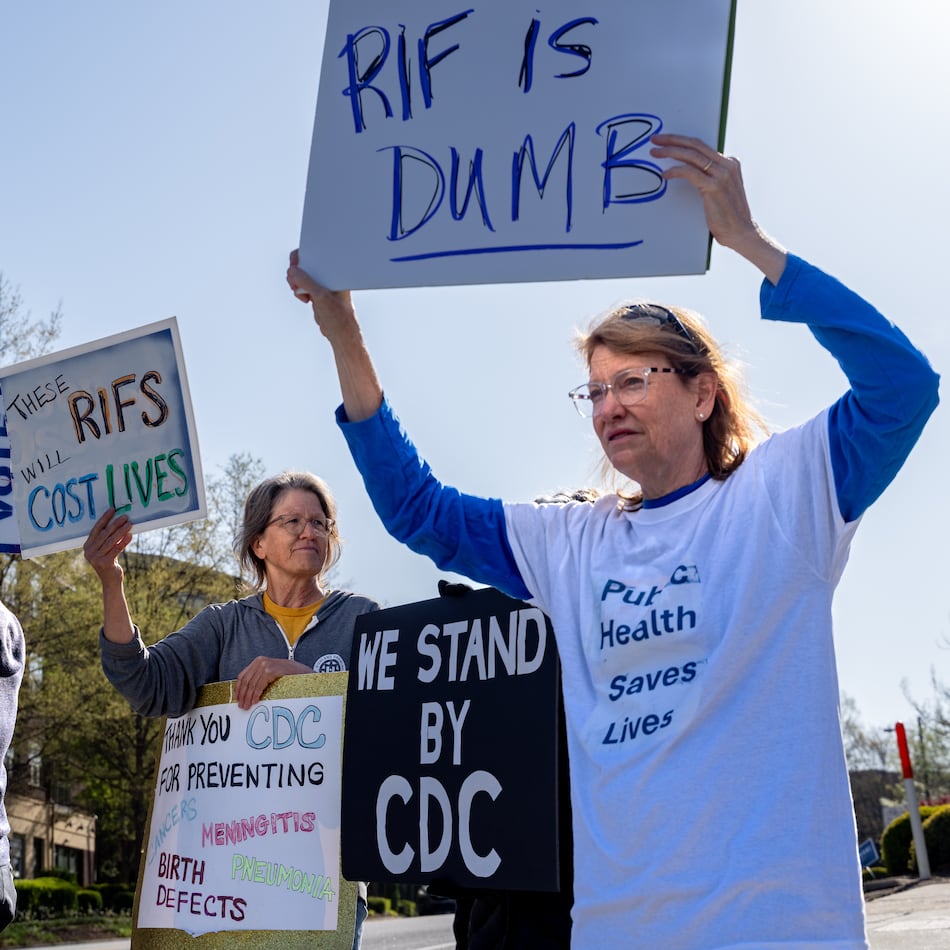Would you feel better about returning to “normal” activities if you thought you would survive COVID-19? Would you change your habits if you thought the opposite were true?
Many people have been willing to take their chances during the coronavirus pandemic, but a new online tool could help you make a more informed decision about risks.
Researchers at Johns Hopkins Bloomberg School of Public Health have created an online COVID-19 mortality risk calculator that combines individual risk factors such as age, weight and pre-existing medical conditions with community-level pandemic dynamics.
“We describe the development and validation of a COVID-19 mortality risk calculator for the US adult (aged 18 years and older) population, integrating information from a variety of datasets for the estimation of risk associated with predisposing factors,” the researchers wrote. “We further extend the calculator to integrate information from pandemic forecasting models so that an individual’s absolute risk can be informed based not only on their underlying risk factors, but also on community-level risk due to underlying pandemic dynamics.”
According to the Georgia public health website, people at increased risk of severe illness from COVID-19 include those with:
» Asthma
» Cancer
» Cerebrovascular Disease
» Chronic Kidney Disease
» COPD or chronic obstructive pulmonary disease
» Cystic Fibrosis
» Diabetes
» Hypertension
» Heart Conditions
» Immunocompromised State
» Liver Disease
» Neurologic Conditions
» Overweight and Obesity
» Pulmonary Fibrosis
» Sickle Cell Disease
» Thalassemia (a blood disorder)
By providing your height, weight, ZIP code and all medical conditions, a web-based calculator will estimate your risk of dying from COVID-19 on both relative and absolute risk scales. The relative risk is reported based on “population average,” defined as population-weighted average risk across cities. The calculator returns a numerical value for relative risk and a color-coded categorization.
“We developed a COVID-19 mortality risk model for the general U.S. population by combining information across multiple data sources. We believe that the model is unique in that it can be used to project absolute rate of mortality for individuals with different risk profiles by combining information on individual-level risk factors, as well as on changing dynamics in the epidemic at the community-level captured through available forecasting models. We applied the model to data available from U.S. national databases to identify high-risk cities and counties and estimate the size of populations at risk within these communities,” the researchers wrote.
High-risk cities include Baltimore City, Detroit, Miami, New Orleans and Philadelphia, according to the scientists.
“The current guidance provided by the Centers for Disease Control and Prevention is to vaccinate healthcare workers and older individuals living in congregated conditions using the initial supplies of vaccine doses by the end of this year. After that, one of the major questions would be how individuals in the general population would be prioritized based on age and pre-existing conditions to receive vaccines. It is also known that individuals from certain minority populations as well as neighborhoods with high social deprivation have high risk. Further, the risk can widely vary for individuals based on the intensity of the pandemic in their communities at a given time,” Nilanjan Chatterjee, a professor of biostatistics and epidemiology at Johns Hopkins and senior author of the study, told HealthLeaders.
Chatterjee added that the online risk calculator is a powerful tool to assess COVID-19 mortality risk and help determine who should be prioritized for vaccination.
The study was published in the journal Nature.
About the Author
The Latest
Featured


